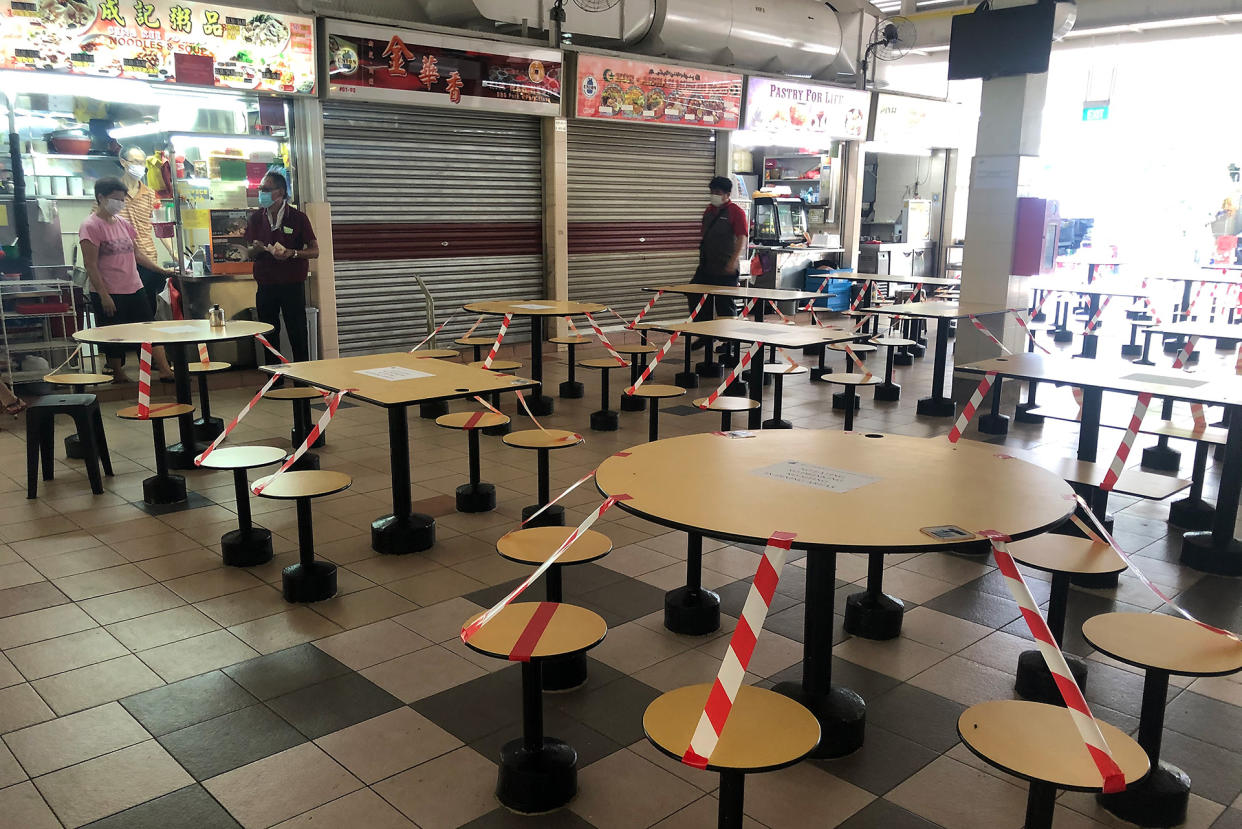We expected Singapore economy to shrink, now let’s look at how to recover

By Sumit Agarwal
SINGAPORE — The Ministry of Trade and Industry reported Singapore’s growth domestic product (GDP) shrank 0.7 per cent for the first quarter on a year-on-year basis. On a quarter-on-quarter seasonally-adjusted annualised basis, the economy shrank by 4.7 per cent compared to the last quarter of 2019, when the economy grew by 0.6 per cent then.
Additionally, the monthly manufacturing performance data just announced by Singapore’s Economic Development Board showed that on a year-on-year basis, manufacturing output in April grew by 13 per cent. Excluding biomedical manufacturing, however, the output fell 3.5 per cent. Singapore’s consumer price index for April 2020 also showed that the Monetary Authority of Singapore’s core inflation measure is -0.1 per cent compared to March 2020 and -0.3 per cent when compared to April 2019.
The shrinking of the economy was expected. We have had a massive supply shock to the economy due to the COVID-19 health crisis and subsequent social distancing measures. This has forced companies and major industries to close or operate at reduced capacity. For instance, many sectors such as travel, entertainment and dining have shrunk dramatically. The accommodation and food services sector saw a large drop of 23.8% year-on-year. Most service sector employees have also been forced to stay home or work remotely.
We should expect the second quarter to be potentially even worse. The stay-at-home order was in early April and partial and measured reopening will start from June 2nd. So the more severe economy shock only happened in the second quarter.
There have been a several stimulus packages by the government to help mitigate the negative blow to the economy. Some of them are short-run and others are long-run stimulus and their impact is being felt by the households and businesses.
Singapore Deputy Prime Minister and Finance Minister Heng Swee Keat on 26 May announced a fourth support package—the $33 billion Fortitude Budget which focuses on protecting jobs. Despite these packages, we should still expect a drop in the GDP, while the latest stimulus package will significantly soften the negative blow.
The question is not if we will see a drop. The important question is how quick and steep we expect the recovery to be, once we open up the economy. I expect the recovery to be slow and we will only be back to full potential by the beginning of the first quarter in 2021 and not sooner.
The recovery will depend on many factors. For instance, how does the health crisis play out in other countries? That will have implications on travel and consumption. What kind of structural shift do we see in some of the sectors? Do we permanently cut down air travel, do more home deliveries of groceries and food? Do we work more from home? All these will impact economic recovery and growth.
The government is doing its part to ensure a shallow recession and a quick recovery by both monetary and fiscal stimulus packages. Companies and individuals need to do their part by ensuring that we do not have a resurgence of COVID-19 by keeping safe distancing, doing their part for contact tracing and following the guidelines. This is critical for a quick and steep recovery of the economy.
Instead of focusing on the short-term drop in GDP, we should focus on the long-run health and survival of our population. Once we can find a cure for COVID-19, the economic recovery will be faster, and most of the economic and financial losses recovered. There will be higher confidence in the country, and eventually, more investment and talent will flow to Singapore.
Sumit Agarwal is the Low Tuck Kwong Distinguished Professor of Finance, Economics and Real Estate at NUS Business School. He has also worked at the Federal Reserve Bank of Chicago as a senior financial economist. He is also the author of Kiasunomics and Kiasunomics 2.
The opinions expressed are those of the writer’s and do not represent the views and opinions of NUS.



